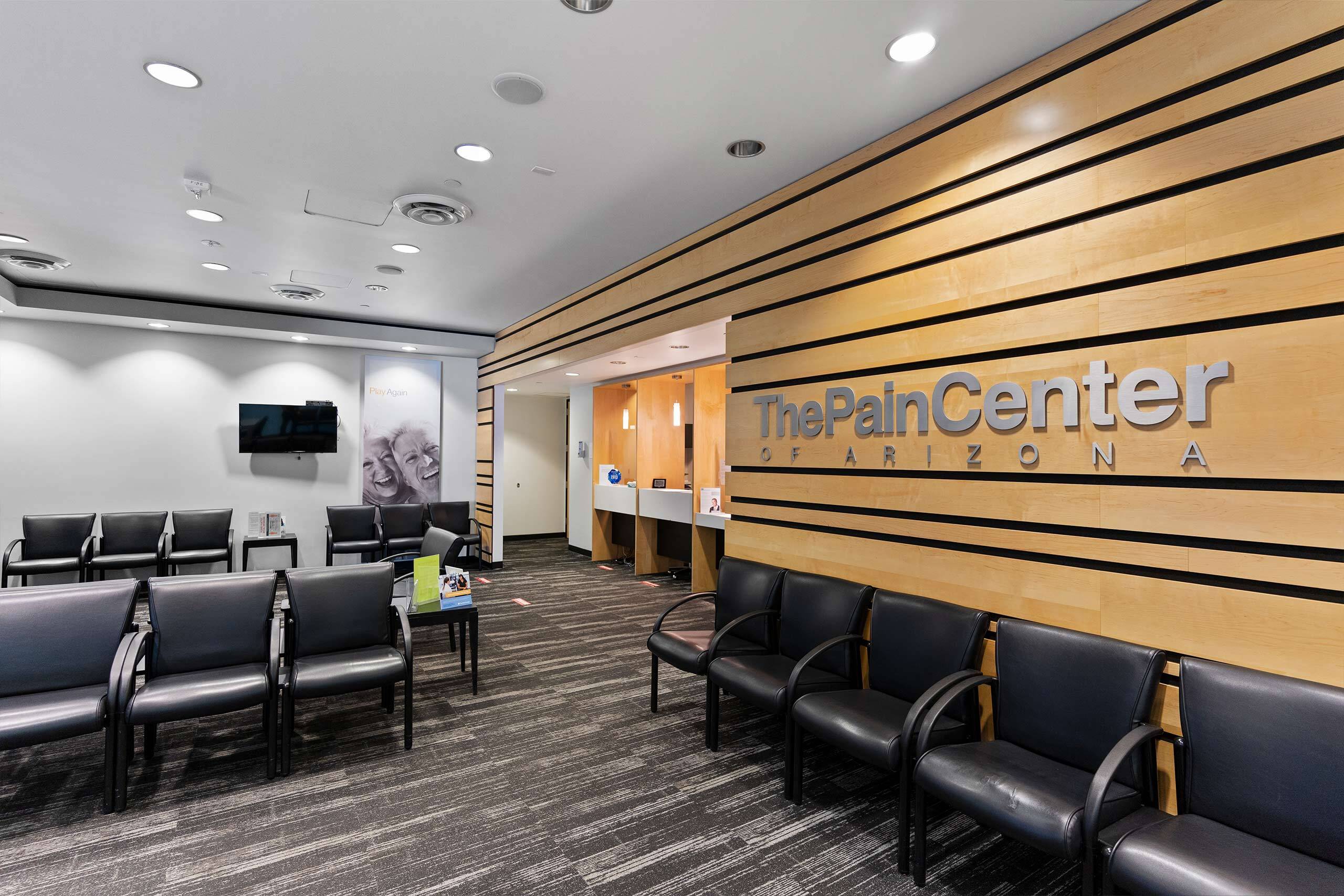Botox Injection for Pain Management
Botulinum toxin, or Botox, reduces pain caused by neuromuscular disorders, myofascial pain, and chronic migraine. Botox is an injection procedure that produces levels of muscle paralysis by blocking a chemical called acetylcholine, which is required for muscle contraction. Depending on the location of the pain, Botox may be injected into areas of the face, neck, low back to prevent muscle contractions causing discomfort.

What is Botox Injection?
A botox injection procedure induces levels of muscle paralysis by blocking a chemical called acetylcholine, which is necessary for muscle contraction.
What Types of Pain Do Botox Injections Treat?
Muscle pains are normally caused by neuromuscular disorders, myofascial pain disorder, or other conditions, including:
- Arthritis
- Back pain (chronic)
- Headaches
- Migraines
- Neck pain (chronic)
- Nerve pain
How Do Botox Injections Work?
When your problematic muscles are identified, a local anesthetic will be administered on the skin over your muscles. Botox will then be injected directly into each muscle, inhibiting them from contracting any longer.
Depending on the location of the pain, Botox may be injected into areas of the face, neck, or lower back to prevent muscle contractions from causing you further discomfort.

Expectations and Recovery
You may go home as soon as your procedure is complete. Avoid any contact with the area of injection as much as possible for at least 24 hours after your procedure, or else the botox might spread into unintended areas around your problem muscle.
How long does botox last?
This is not intended to be a permanent solution as the injections do wear off. Botox must be readministered to the muscle anywhere from three to six months after your procedure for longer-term pain relief.
How much does botox cost?
The average cost for Botox procedures depends very much on the location of the injection site, and how many units of botox you’ll need for your procedure. The average cost per unit will vary depending on your location and insurance, with some procedures requiring many more units than others.
Other Conservative Treatments for Muscular Pain
Other treatments and procedures used to relieve long term muscular pain include:
- Neck Pain Exercises and Stretching
- In order to strengthen the cervical spine and surrounding muscles, exercises and stretching can be implemented, in conjunction with steroid injections if prior pain relief is necessary.
- Epidural Steroid Injections
- For short-term pain relief (typically 3-4 months), steroid injections can be used to treat neck pain and can be combined with physical therapy and exercise for maximum benefit.
- Nerve Blocks
- Therapeutic nerve blocks contain local pain medications that can control acute pain.
- Radiofrequency Ablation (Rhizotomy)
- A minimally invasive procedure in the neck, middle or lower back, that destroys nerve fibers in the back that carry pain signals. It is performed under fluoroscopy (live x-ray).
- Spinal Cord Stimulation
- If other therapies aren’t effective for treating your pain, an implantable pain management device can be an option. These devices administer mild electrical pulses to block the transmission of pain.


Get the care you need within 24 hours*
We know when you’re looking for relief for your chronic pain, you can’t wait any longer than you already have. This is why we can schedule you with an appointment within 24 hours at most of our pain centers across the Valley, so you can start your journey to life-long pain relief as soon as tomorrow.



